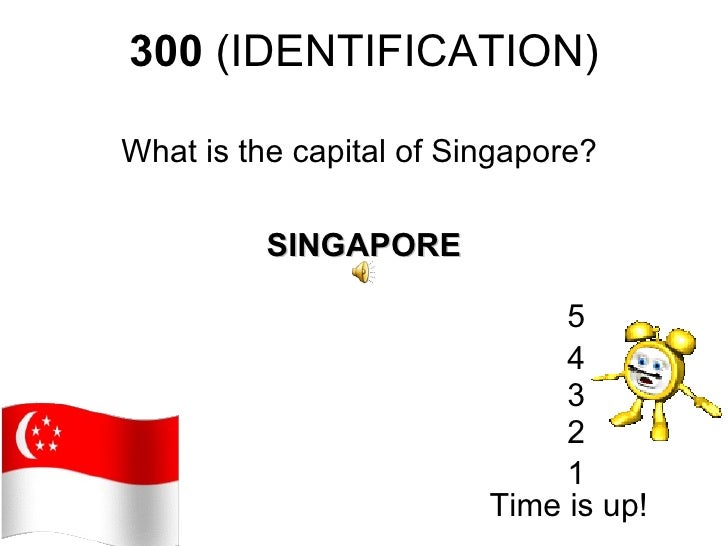
ANG ISTORYA NG TAXI DRIVER SINGAPORE BUOD DRIVER
However, it is Song’s taxi driver who provides the film with its true conscience. The epitaph to the original script is from the same text: “The whole conviction of my life now rests upon the belief that loneliness, far from being a rare and curious phenomenon, is the central and inevitable fact of human existence.” Furthermore, before drafting Taxi Driver, Schrader had read Sartre’s Nausea and wanted “to take whose essential dilemma is ‘should I exist’ and put him in an American street context” (Keyser 70).
ANG ISTORYA NG TAXI DRIVER SINGAPORE BUOD DRIVERS
Uber drivers were less likely to do this, suggesting that Uber's innovations in fare structure and digital feedback have reduced moral hazard. The point-of-view (POV) shot is one method of maintaining audience identification with “outlaws” (Von Gunden 1991), so Travis and his passenger may make an audience feel uneasy, but the POV may also encourage them to consider their collective similarities, placing them in the position of an accomplice to the unfolding events. Taxi Driver's surprise ending portrays He seems to mock the audience for searching for a Travis other than the one before them, yet he still tauntingly invites them to share in his perspective. Suite aux attentats du Bataclan, un ancien membre de la DGSI parlait d’un phénomène que ses services avaient remarqué dans la foulée des émeutes de 2005 : de nombreux jeunes cherchaient à ventiler leur colère à travers un engagement politique. you’ve got no choice anyway … we’re all fucked.” Travis’s character is also based on two similar but fundamentally different concepts: that man is lonely like others because that is God’s master plan, and that man is essentially useless and on his own because God does not exist. Accordingly, Grist believes that “Schrader’s script implies the achievement of ‘stasis’, the attainment of a state of grace” (Grist 155) yet I believe that Travis has not managed to purge himself and may easily regress to violence if he puts himself into a similar fantasy again.

Forty years on from its release date in February 1976, Martin Scorsese’s Taxi Driver still thrives in our collective public consciousness as a film in which an agitated and topless man manically challenges himself in the mirror New York City is shown to be a violent and squalid night-world of terror, supersaturated with muted colors and washed over with blood whilst Cybill Shepherd (as Betsy) presents herself as an ethereal beauty who is achingly beyond reach. Why To Watch A Taxi Driver’s Moral Ambiguity SeptemSeptemrainbowchair 1001 Movies to See Before You Die, Movies, Movies by Genre, Must See By Director, The Viewing Quests 1001 Movies to See Before You Die, 1976, Betsy, Cybill Shepherd, Harvey Keitel, Iris, Jodie Foster, Martin Scorsese, New York City, Robert De Niro, Taxi Driver, Travis Bickle If a service provider knows someone else is paying your bills, he is more likely to rip you off Il n'en fut pas toujours ainsi, loin de là. If Betsy is an angel, then Travis goes to her for help saving himself from the world that he lives in.

According to conventional wisdom, the ending of Taxi Driver presents a curious irony that makes it almost immoral.


 0 kommentar(er)
0 kommentar(er)
